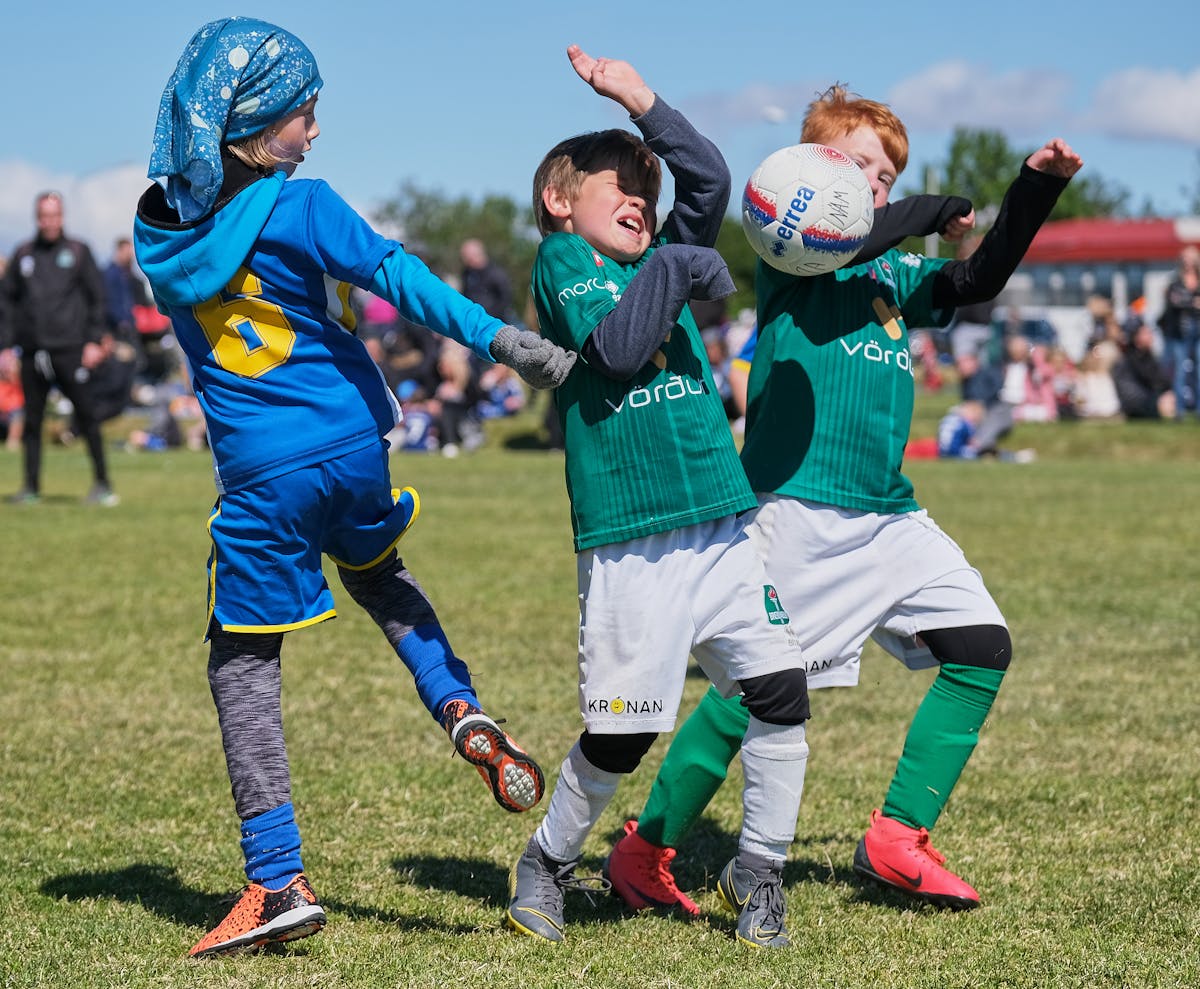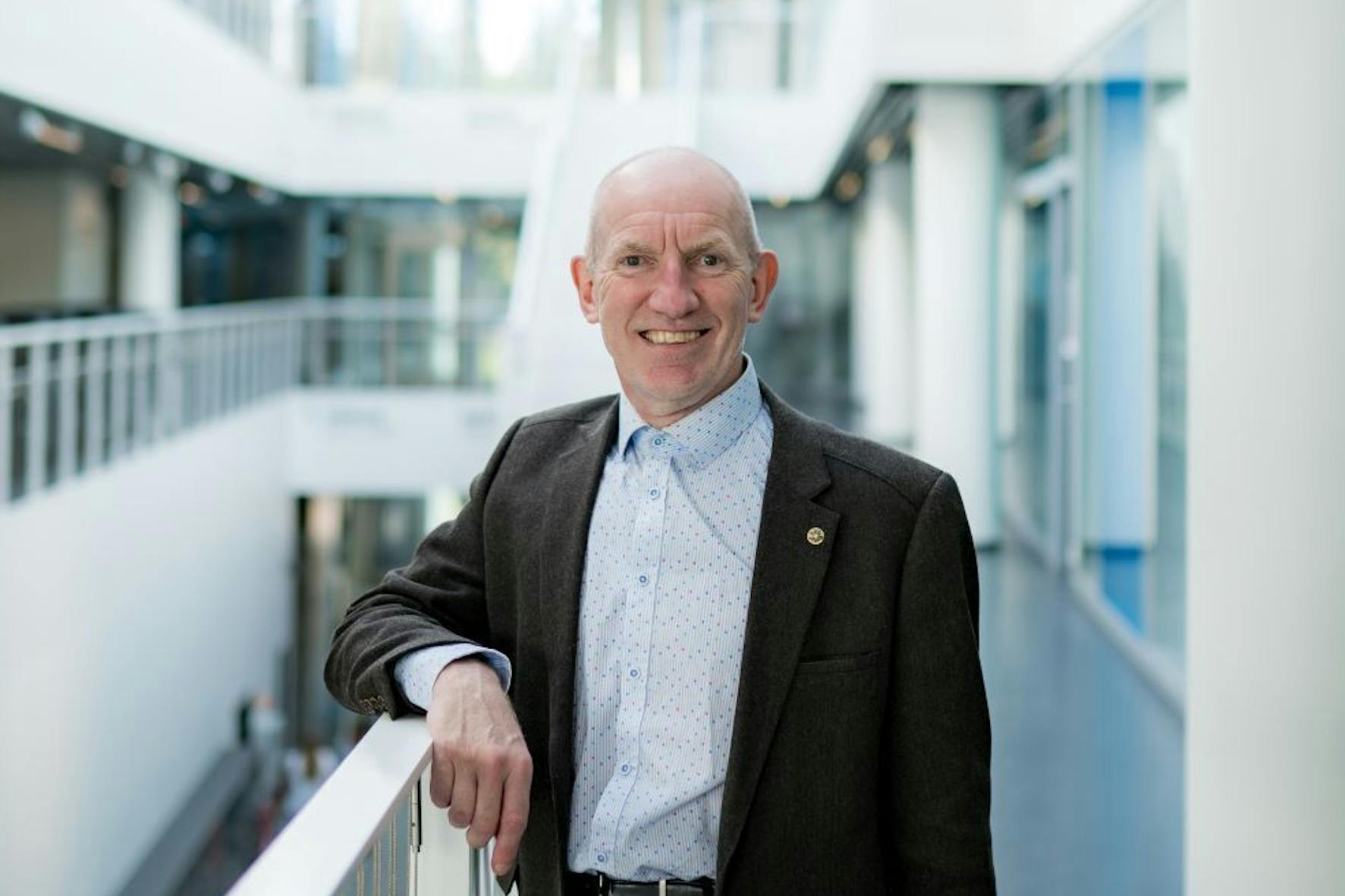Analysing sport migration patterns and participant dropout: How data from Abler can influence decision making.

“As children and young people practice more sports and have more sessions each week there is less chance that they will stop playing sports," says Peter O'Donoghue, a professor at Reykjavík University's sports science department. Peter recently delved into data from Abler on child and youth sports from February 2021 to February 2023. Vast majority of sports clubs in Iceland use Abler's system to keep track of athletes schedule and attendance. Peter is world-renowned for his work, research and teaching in the field of sports performance analysis.
Benefits of Participating in Multiple Sports
Peter recently presented his findings of children's and youth's sports activities according to the data available from Abler. There were more than 42,000 athletes in 45 sports, most of them born between 2003 and 2017. Some of them played one sport, others more. As Peter described, little information was previously available on whether it was possible to explain dropouts from sports, that is, whether the participants had completely stopped participating in sports or had started to do other sports.
"We see that there was only a 15% dropout from organised sports during the season. We feared it was much more. But relatively few quit and many changed sports," he says, mentioning as an example that practitioners quit handball and went to football or vice versa. According to him, there is no difference between the sexes.
Peter says the data is extremely extensive and gives good indications of the development of sports activities.
"We see that the more sports that children and young people practice, the less likely they are to stop playing sports. Many practitioners are in two sports and have many training sessions. But we also see in the numbers that dropouts increase in proportion to the frequency of training each week. What I mean by that is that the less the practitioners do each week, the more likely they are to stop playing sports," says Peter, pointing out that four or more training sessions per week significantly reduces the likelihood that practitioners will stop exercising. The data indicates that it is more common among boys than girls to practice more than one sport.
"The data also show that children of Icelandic descent tend to play two or more sports. That is more than children whose parents are from Poland or another country. We can work with that knowledge," says Peter.

The advantage of being born earlier in the year
Peter's research revealed more. Some of it was known and some was not. And some things were better brought to light. Among these issues was speculation about whether it matters for success in sports when athletes are born. According to Peter, this varies by sport.
"For example, birth month significantly affects performance in sports like football and basketball. Those born earlier in the year have an advantage, because they are generally larger than those born in December. On the other hand, this is the opposite in gymnastics, because there the advantage lies in being short and smaller" says Peter, but points out that although it certainly matters when practitioners are born, it does not determine the results. To support his argument, Peter points to data on football players in Great Britain, which shows that in Premier League teams and other professional leagues, many players are born in the first quarter, while in amateur teams and lower leagues, players are born in the second half of the year. However, he reiterated that this should not be taken literally, even though the results are indicative.
"When I was a boy, I didn't realise that being born at a certain time of year could give others a natural advantage. I always believed I lacked talent in my chosen sport, which led me to pursue athletics."
Sport migration patterns
Not only does the data from Abler indicate that there had been fewer dropouts from organised sports during the COVID-19 pandemic. The data suggests that athletes have shifted between sports.
"There is evidence that football practitioners have gone to athletics, gymnastics and swimming but returned. The general trend is for team sports players to look for other team sports, such as football players who go for basketball or handball. When a practitioner wants to change sports, the availability of other sports matters", according to Peter. It seems that girls who stop playing football and other sports in the north of the country go to gymnastics, which seems to be the end point there. Many girls have also taken up volleyball, but now around 70% of volleyball players are women.
"We were pleasantly surprised," says Peter.
Having analysed sport migration patterns for various clubs, he believes it is useful to look at the patterns at an even wider scale and whether there are differences between the sexes, as it is possible to look at data by gender and zip code.
"The data and this study can be useful to sports clubs in various ways, such as to better see which sports the athletes are leaving and where they are going," says Peter.

Peter O'Donoghue is widely known for his work, research and teaching in the field of sport performance analysis. Many of his former students have achieved great success in the world of sports. Peter has a PhD in computer science from Ulster University in Northern Ireland since 1993 and has taught and conducted research in computer science at two universities. In 1995 he began a research collaboration with Ulster University's Department of Physical Education. He is also a prolific scholar and has been a keynote speaker at numerous conferences, has written five textbooks on performance analysis and a textbook on statistics. Peter has been Editor-in-Chief of the International Journal of Performance Analysis in Sport since 2006.
This article was originally published in Icelandic in Skinfaxi 2nd edition 2023, which is the publication of the Icelandic Youth Sport Association.


